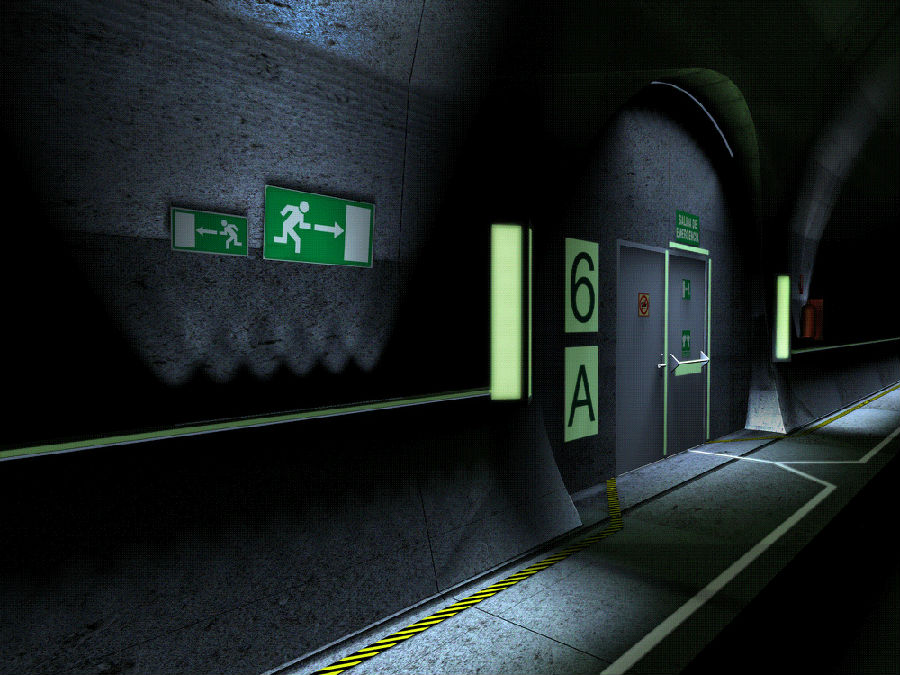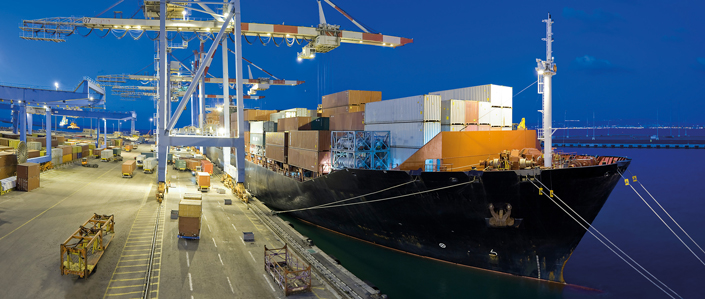Different requirements of industrial lighting in different areas
Time:2015-09-23 Views:2554 Compile:SUNPER
The LED lighting applications involves a wide range of industrial lighting and fine processing which is carried out in both small workshop and large workshop during heavy production. They are also applied in the explosives and in other dangerous situations. Below are some different requirements of the industrial lighting applications.
Factory lighting requirements
The comfort as well as safety of workers must be ensured in the case of the illuminance reasonable lighting for the entire floor area plus the face lighting when lighting a factory.
Emergency lighting requirements

When it comes to emergency lighting, the normal lighting conditions must be ensured in order to fasten the emergency lighting functions. The factories must also set up the emergency lighting devices as well as the safety evacuation instructions. They can assist a lot in case of any emergency when vacating the premises.
Hazardous area lighting requirements
Both the refineries and oil plants layout are usually complex. They both have major lights obstacles and there are different levels of the height face. Thus, there should be installation of the floodlights at different locations outside the danger zone. This will enable provision of light for the security to move around safely and without fear. This system does not provide elsewhere with adequate illumination and hence you need to install some scattered local lighting such as hallway, valves and stairs and measurement areas.
However, you need to make sure that installation location is selected carefully so as to avoid glare occurs when the luminaire is viewed from the different horizontal directions. Most of the local lighting equipment have well-shaped bezel or bulkheads. There is use of both high and low pressure gas discharge lamp and consequently the need to level materials and hazardous jobs in the area.
Lighting requirements for stockyards and cargo handling
These areas are mostly used for transferring and storing containers and any other large items. Therefore, they are also among the major obstacles of light. These areas are not fixed with the lighting equipment since most of the obstacles are removable. In such areas, there are also delivery trucks, lift arms, forklifts as well as movement of the gantry crane rails. The floodlights are normally installed on the high poles, buildings or towers to provide general lighting for the locomotive, security operations and transport. The gas discharge lamps are more suitable in these areas since these positions are more prone to shaking. However, you must pay attention to the voltage control fluctuation not to exceed that of the standard lamps. Otherwise, there would be bad lighting.
Requirements of the port lighting
For marina lighting, the spotlights are best when installed in the periphery of the boundary position to the working area which is loading and unloading. This prevents the lights from being affected by the different obstacles. This arrangement can give low tide shore moored ship deck cause shadows. Thus, there must be both deck and floodlighting at the crane arm. The deck lighting should be able to resist the marine saline environment. The commonly selected materials for this include die-cast aluminum, stainless steel, brass and other plastics. You must also ensure that the lights are kept at the edge of the dock in order not to interfere in any way with the navigation lights.

Some of the key points of the LED street lights power supply
Next:LED lighting fixtures installation specifications
User comments
Your current input 0 characters(Reply for at least 6 characters)。
Online Services

Mobile: +86 18938902515 (Mr.Allen)
Tel:+86 755 23159099
Fax:+86 755 61673151
E-mail: sales@sunper.net
zip code: 518108











